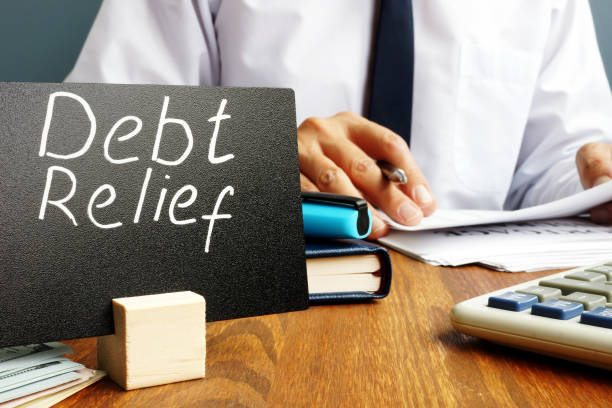For individuals struggling with overwhelming debt, finding relief can often seem out of reach. While many private debt relief options exist, some people may qualify for free government debt relief programs. These programs offer assistance to help manage or even eliminate certain types of debt without the burden of fees often associated with private debt relief companies.
In this guide, we’ll explore the most common types of government debt relief programs, who qualifies for them, and how to determine if they’re the right fit for your financial situation.
What Are Free Government Debt Relief Programs?
Government debt relief programs are initiatives designed to help individuals manage various forms of debt, from federal student loans to unpaid taxes. These programs are typically offered at the federal level and aim to reduce the financial burden on qualifying individuals by offering payment plans, debt forgiveness, or relief from penalties.
Unlike private debt relief companies, government programs are generally free to apply for and participate in, which can make them an attractive option for those facing financial hardship.
Types of Free Government Debt Relief Programs
Federal Student Loan Forgiveness Programs
One of the most well-known debt relief options is the federal student loan forgiveness programs. These programs, such as Public Service Loan Forgiveness (PSLF) and Teacher Loan Forgiveness, offer to forgive part or all of a borrower’s federal student loans in exchange for meeting certain employment and payment criteria.
IRS Fresh Start Program
For those facing significant tax debt, the IRS Fresh Start Program is a government initiative aimed at helping taxpayers resolve their tax liabilities. The program offers options like instalment agreements, offers in compromise, and penalty relief to ease the burden of tax debt.
Income-Driven Repayment Plans for Student Loans
Another program that provides relief for student loan borrowers is income-driven repayment (IDR). These plans cap monthly payments based on a borrower’s income and family size, making it easier to manage federal student loan payments. After 20-25 years of qualifying payments, any remaining debt may be forgiven.
Bankruptcy Protection
While not technically a relief program, bankruptcy is a legal process that can offer a fresh start for individuals overwhelmed by debt. Depending on the type of bankruptcy filed, some or all debts may be discharged, offering individuals relief from creditor harassment and debt collection.
If you’re struggling with tax penalties, working with a tax debt attorney can help you navigate this program or assist in filing complaints for IRS penalties.
Who Qualifies for Free Government Debt Relief Programs?
Eligibility for these programs varies depending on the type of debt and the individual’s financial situation. For example:
- Student loan forgiveness programs often require specific employment, such as work in the public sector or teaching in low-income areas.
- The IRS Fresh Start Program may require the individual to prove financial hardship or inability to pay their full tax debt.
- Income-driven repayment plans for student loans depend on your income and family size, offering tailored relief based on your financial situation.
It’s essential to review the qualifications of each program carefully to determine if you’re eligible.
Are Free Government Debt Relief Programs the Right Solution?
Free government debt relief programs can be an excellent option for individuals who qualify, but they are not a one-size-fits-all solution. For example, while student loan forgiveness programs can offer long-term relief, they often come with strict eligibility requirements and long waiting periods.
Similarly, the IRS Fresh Start Program is helpful for taxpayers dealing with significant tax debt, but it requires careful navigation and proper documentation. If you’re unsure whether these programs are right for you, consult with a professional, such as a J. David Tax Law can help you evaluate your options and ensure you choose the best path forward.
Conclusion
Free government debt relief programs provide valuable resources for individuals struggling with federal student loans, tax debt, and other financial burdens. While these programs can offer significant relief, it’s essential to carefully evaluate your qualifications and understand the potential benefits and limitations. In more complex situations, seeking advice from a tax or financial professional can help ensure you take full advantage of these programs and resolve your debt effectively.
